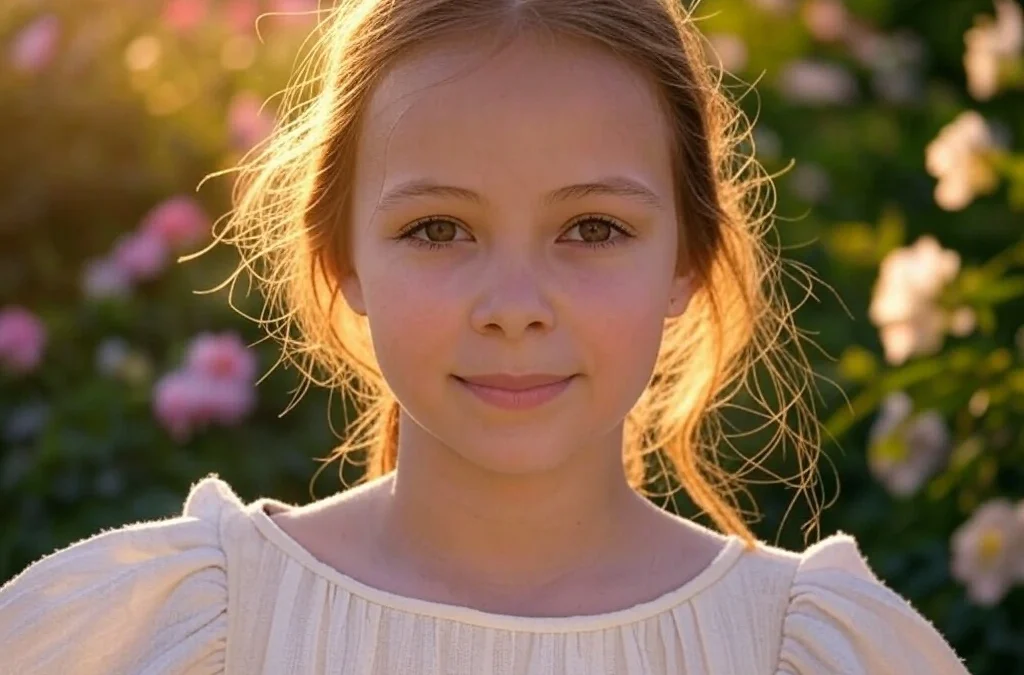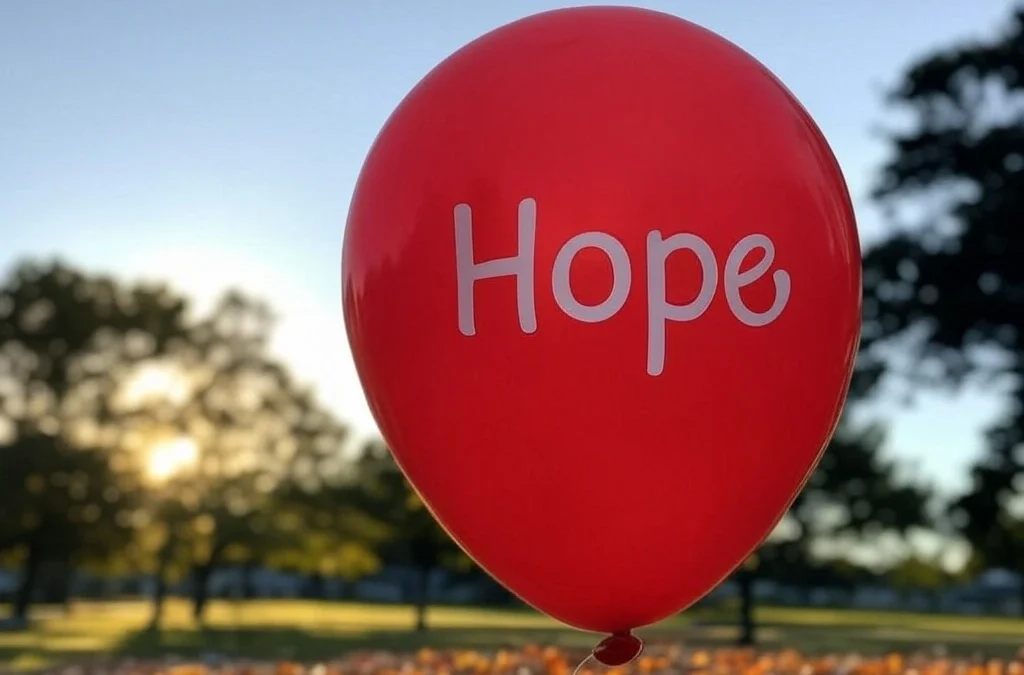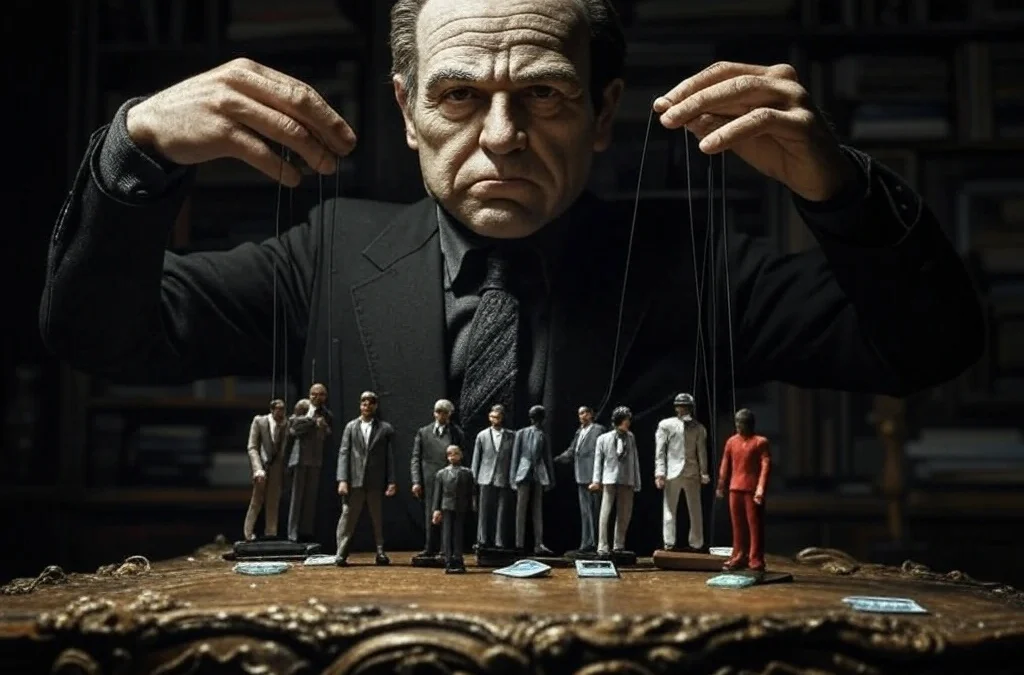Perspective shapes our view of the world. It’s the lens through which we interpret events, relationships, and ideas, influenced by our background, experiences, and beliefs. In this article, we dive into 30 diverse examples of perspective, showcasing how differently individuals can perceive the same situation, event, or concept. These examples span various cultures, professions, and life experiences, offering a rich tapestry of human thought and interpretation.
Understanding these different viewpoints is crucial in a world that’s increasingly interconnected yet diverse. From the way a doctor sees a medical condition to an artist’s interpretation of a landscape, perspectives can be vastly different yet equally valid. This exploration is not just an academic exercise; it’s a practical tool for better communication, empathy, and problem-solving in our daily lives and global society. As we delve into these 30 examples, prepare to challenge your own viewpoints and expand your understanding of the world through others’ eyes.
Examples of Perspective
Perspectives shape our understanding of the world in profound ways, coloring our thoughts, beliefs, and actions. As you explore these examples, consider how different lenses of experience and background can dramatically alter one’s perception of the same reality.
1. Cultural Perspective in Celebrations: Consider how Christmas is celebrated. In the United States, it’s often associated with Santa Claus and gift-giving, while in Germany, the focus might be on Advent traditions and Christmas markets. In Japan, Christmas is more of a commercial event, often celebrated with a festive meal like KFC. This shows how culture shapes our perspective on the same holiday.
2. Professional Perspective in a Workplace Conflict: A manager might view a workplace conflict as a disruption to productivity, focusing on the immediate impact on the team’s output. In contrast, a human resources professional may see it as an opportunity to address deeper issues like communication skills or office morale, demonstrating how professional roles influence perspective.
3. Age Perspective on Technology: A teenager might see smartphones as an essential tool for social interaction and information, whereas an elderly person might view them as complicated and unnecessary, illustrating how age can affect one’s perspective towards technology.
4. Economic Perspective on Pricing: A wealthy individual might perceive a high-end product as a symbol of quality and status, making it worth the cost. Conversely, someone from a lower-income background might view the same product as impractical or excessively luxurious, highlighting how economic status influences perspective.
5. Artistic Perspective in Interpretation: Two artists might view a sunset differently. One may focus on the colors and how they blend, translating it into an abstract piece. Another might see the sunset as a symbol, perhaps of closure or the passage of time, and depict it in a more narrative style. This shows how personal artistic vision affects perception.
6. Scientific vs. Spiritual Perspective on Life: A scientist might view life through the lens of biological processes and evolution, whereas a spiritual leader might see it as part of a larger cosmic plan or spiritual journey. This contrast exemplifies how belief systems shape our understanding of life.
7. Historical Perspective on Events: How World War II is viewed can vary. An American might see it as a fight against tyranny, while a Japanese individual might focus on the devastation of the atomic bombs. This reflects how history can be perceived differently based on one’s national background.
8. Political Perspective on Government Policies: A conservative might view government regulation as an infringement on personal freedoms, while a liberal might see it as necessary for societal protection and fairness. This illustrates how political beliefs influence perspectives on governance.
9. Socio-economic Perspective on Education: A person from an affluent background might see education as a journey or an exploration of interests, while someone from a less privileged background might view it as a crucial pathway to career opportunities and financial stability.
10. Psychological Perspective on Stress: A psychologist might see stress as a normal response to challenge or threat, with potential for positive personal growth. In contrast, someone who has experienced chronic stress might view it as debilitating and harmful, showing how personal experiences can shape our understanding of psychological concepts.
11. Dietary Perspective on Food Choices: A vegan views animal products as unethical and harmful to the environment, preferring plant-based options. Conversely, a meat-eater might see meat consumption as a natural part of human diet and essential for health, illustrating differing ethical and health perspectives.
12. Parental Perspective on Child’s Play: A parent might view their child’s playtime as crucial for developmental skills and creativity. However, a different parent might see play as a less productive activity compared to structured learning, showing how parenting styles influence perspectives on child rearing.
13. Environmental Perspective on Urbanization: An environmentalist might view urban expansion as a threat to natural habitats and biodiversity, advocating for sustainable development. In contrast, a city planner might see urbanization as a necessary step towards economic growth and modernization, highlighting different priorities and perspectives.
14. Athlete vs. Spectator Perspective in Sports: An athlete might view their sport as a form of self-expression and personal challenge, focusing on technique and performance. A spectator, however, might enjoy the sport primarily for entertainment and community spirit, showing differing engagements with the same activity.
15. Academic Perspective on Internet Use: A researcher in technology studies might view the internet as a revolutionary tool for knowledge dissemination and innovation. However, a social scientist might focus on the internet’s impact on social behavior and communication, presenting diverse academic viewpoints.
16. Fashion Perspective on Clothing: A fashion enthusiast might see clothing as a form of self-expression and art, focusing on trends and design. Someone less interested in fashion might view clothing purely as a functional necessity, highlighting how personal interests affect perspective.
17. Musical Perspective on a Song: A classical musician might analyze a pop song in terms of melody and composition, potentially critiquing its simplicity. In contrast, a regular listener might enjoy the same song for its catchy rhythm and lyrics, emphasizing different aspects of musical appreciation.
18. Historical Perspective on Technology Advancement: A historian might view the rise of the internet as a transformative moment in human communication, akin to the invention of the printing press. Meanwhile, a technologist might see it as a continual evolution of computing and network capabilities, each focusing on different aspects of the same phenomenon.
19. Traveler vs. Local Perspective on a Tourist Destination: A traveler might see a famous landmark as an exciting must-see attraction. However, a local resident might view the same landmark as a regular part of their daily environment or even as a source of inconvenience due to overcrowding, showing differing impacts on lifestyle and perception.
20. Mental Health Perspective on Work-Life Balance: A mental health professional might emphasize the importance of work-life balance for psychological well-being and stress reduction. In contrast, a highly career-oriented individual might see long work hours as necessary for success and fulfillment, illustrating how personal goals and health awareness influence perspectives.
21. Technological Perspective on AI: A technologist might see artificial intelligence as a breakthrough in efficiency and innovation, while an ethicist could be concerned about privacy, job displacement, and moral implications, showing a clash between technological advancement and ethical considerations.
22. Rural vs. Urban Perspective on Lifestyle: Someone living in a rural area might value the tranquility and closeness to nature, seeing it as a peaceful, healthier way of life. In contrast, an urban dweller might appreciate the convenience, diversity, and opportunities in cities, reflecting different lifestyle preferences.
23. Educator vs. Student Perspective on Online Learning: An educator might see online learning as a flexible, resource-efficient method, while a student might feel it lacks engagement and personal interaction, showcasing differing experiences with the same educational medium.
24. Economic Perspective on Public Transportation: An economist might view public transport as essential for reducing traffic and environmental impact. However, a daily commuter might see it in terms of reliability and convenience, demonstrating different priorities in urban planning.
25. Architectural Perspective on City Planning: An architect might view city planning in terms of aesthetics, structural integrity, and innovation. Meanwhile, a community activist may focus on accessibility, affordability, and social impact, showing differing priorities in urban development.
26. Psychologist vs. Artist Perspective on Dreams: A psychologist might analyze dreams to understand subconscious thoughts and mental health, while an artist might see dreams as a source of creative inspiration and artistic expression, highlighting differing interpretations of the same phenomena.
27. Homeowner vs. Environmentalist Perspective on Lawn Maintenance: A homeowner may see a well-maintained lawn as a sign of property pride and aesthetic appeal, while an environmentalist might view lawns as ecologically unsustainable, preferring natural landscaping for biodiversity, displaying differing values in residential land use.
28. Photographer vs. Subject Perspective in Photography: A photographer might focus on composition, lighting, and capturing a moment, whereas the subject of a photo might be more concerned about how they are portrayed or perceived, reflecting different concerns in the art of photography.
29. Entrepreneurial vs. Employee Perspective on Business Risk: An entrepreneur might view business risks as exciting and necessary for growth, while an employee might see them as threats to job security, illustrating different attitudes towards business stability and innovation.
30. Veteran vs. New Resident Perspective on Neighborhood Change: A long-term resident might view changes in their neighborhood, like new developments, with skepticism or nostalgia for the past, whereas a new resident may welcome these changes as signs of progress and opportunity, showcasing different attachments to a community.
What is Perspective?
Perspective broadly refers to the unique viewpoint or mental framework through which individuals perceive, interpret, and assign meaning to their surroundings and experiences. It involves how one’s background, experiences, culture, and emotions shape their understanding of the world. Perspective plays a crucial role in how people process information, react to situations, and interact with others, significantly influencing opinions, attitudes, and behaviors. This concept is essential in appreciating diversity, fostering empathy, and enhancing communication across different groups.
Perspective also plays a vital role in various fields such as art, psychology, philosophy, and literature, with each interpreting it in its own way. In art, perspective is a technique that depicts three-dimensional objects on a two-dimensional surface, creating an illusion of depth and space. In psychology, it refers to the cognitive viewpoint or mental stance that influences how we perceive and respond to situations. Philosophically, it explores the subjective nature of reality and understanding, emphasizing the variability in our perceptions of truth. In literature, perspective determines the narrative point of view, significantly affecting the story. Understanding perspective is crucial for critical thinking, empathy, decision-making, and creativity, making it a fundamental aspect of both personal growth and societal interaction.
How to See Different Viewpoints?
To see different viewpoints effectively, it’s important to cultivate a mindset of openness and curiosity. Start by actively listening to others, especially those whose experiences and backgrounds differ from your own. This means not just hearing their words, but also trying to understand the context and emotions behind them. Engaging in conversations with a diverse range of people can broaden your understanding of various viewpoints.
Educate yourself on different cultures, histories, and philosophies. Reading books, watching documentaries, and exploring art from a wide array of sources can provide insights into how others perceive the world. Attend talks or seminars that challenge your current way of thinking or introduce new ideas.
Practice empathy by putting yourself in someone else’s shoes. Try to imagine how they feel and why they might hold certain views. This doesn’t mean you have to agree with them, but understanding their perspective can be enlightening.
Reflect on your own biases and assumptions. We all have them, and they can color our interpretation of others’ viewpoints. Acknowledge and challenge these biases to open up to a broader range of perspectives.
Engage in healthy debates and discussions. When done respectfully, they can be an excellent way to understand different viewpoints. Be open to changing your mind or at least adjusting your perspective based on new information or arguments.
Lastly, travel or spend time in different settings if possible. Immersing yourself in a new environment can provide a firsthand experience of how different life can be and how varied perspectives arise from these differences.
Perspective in Literature
Perspective in literature refers to the point of view or angle from which a story is narrated. It plays a crucial role in shaping the reader’s experience and understanding of the narrative. There are several types of perspectives commonly used in literature:
First Person Perspective – The story is told from the point of view of a character within the narrative, often using “I” or “we.” This perspective allows readers to experience the events and emotions directly through the narrator’s eyes, making it a powerful tool for creating intimacy and empathy. However, it can be limited in scope, as it only provides the viewpoint of one character.
Second Person Perspective – This is less common and uses the pronoun “you,” directly addressing the reader. It can create an immersive and engaging experience but can also feel jarring or intrusive if not executed skillfully.
Third Person Limited Perspective – The story is told from the viewpoint of an external narrator, but the narrative is limited to the thoughts, feelings, and experiences of one character. This perspective offers a balance between intimacy with the character and the author’s ability to narrate a more broad-ranging story.
Third Person Omniscient Perspective – The narrator is all-knowing and can describe the thoughts and experiences of multiple characters. This perspective provides a comprehensive view of the narrative world and its inhabitants, allowing for a more complex and layered storytelling.
Unreliable Narrator – This is a unique perspective where the credibility of the narrator is in question, creating a sense of mystery and requiring the reader to engage critically with the narrative to discern the truth.
Stream of Consciousness – A method used to depict the multitudinous thoughts and feelings which pass through the mind. It can be a form of first-person narration but is distinguished by its nonlinear structure and poetic, associative leaps.
Perspective in literature not only shapes the story but also influences the reader’s engagement with the characters and the plot. It determines the amount of information presented to the reader and the angle from which events are viewed. Each perspective offers different advantages and challenges, and the choice of perspective can significantly alter the reader’s experience and interpretation of the story.
The Most Popular on BitGlint

40 Social Dilemma Examples in the World & Real Life
Social dilemmas are everywhere. They shape the choices we make at work, in our communities, and even on a global...

30 Favor Examples & Definition
Doing a favor means helping someone without expecting anything in return. It’s an act of kindness that can strengthen...

30 Naivety Examples & Definition
Naivety is something most people experience at some point in their lives. It often starts in childhood, but for some,...

20 Chronology Examples & Meaning
Chronology is something we use more than we realize. It shows up in conversations, in how we remember the past, and in...

30 Wishful Thinking Examples & Meaning
Wishful thinking is something we all do at some point. You hope things will turn out fine—even if there’s no real...

20 Examples of Gravity & What Gravity Really Is
Gravity is one of the most important forces in the universe, but many people don’t fully understand what it really is...

20 Examples of Secondary Consumers in the Food Chain
Secondary consumers are animals that eat other animals—usually herbivores that feed on plants. They’re an important...
Get Inspired with BitGlint
The Latest
30 Flow State Examples & Definition
Most people have felt it at some point — that rare moment when everything just clicks. You're working, moving, or thinking, and suddenly it's like the rest of the world fades out. You're focused, clear, and everything you're doing feels smooth and natural. That’s...

30 Cynicism Examples in Everyday Life & Definition
Cynicism is something most people have seen, heard, or even felt - but few stop to really think about what it means. It shows up in jokes, in conversations, and in quiet thoughts we don’t always say out loud. Some people wear it like armor. Others see it as honesty....
50 Examples of Square Things
Square things are part of everyday life, even if we don’t always think about them. From objects we use at home to tools, packaging, and design elements we see out in the world, the square shape is everywhere. It’s simple, balanced, and practical — which is exactly why...
20 Hinduism Examples: Symbols, Gods & Core Beliefs
Hinduism is practiced by over a billion of people every day - but for those unfamiliar with it, it can seem complex or even confusing. With its many gods, rituals, and traditions, it raises a lot of questions. What do Hindus actually believe? What are the main...

